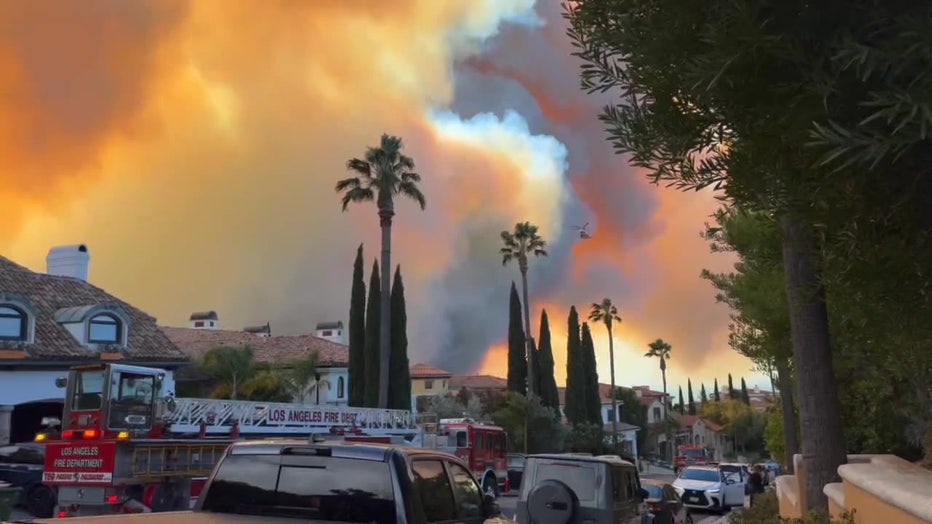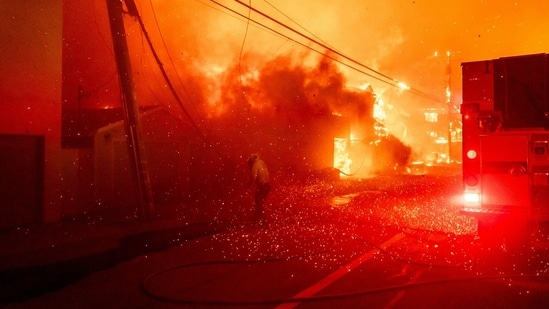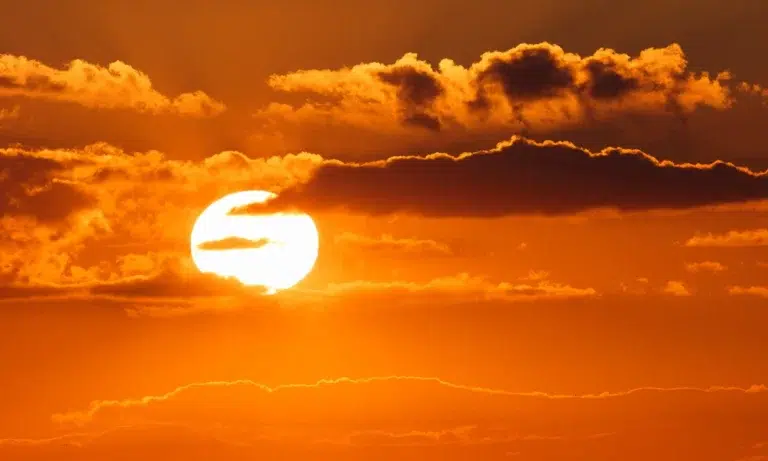Devastating wildfires are now wreaking havoc in Los Angeles, California, as they have turned into an alarming phenomenon, perhaps one of the deadliest in the city’s history. Starting with a fierce Santa Ana wind, the wildfire is raging wildly and has already killed several people while destroying thousands of structures. Once again, a scene of destruction and hopelessness is portrayed.
The Onslaught of Fire In California

Early Tuesday morning, a fire that started in the Pacific Palisades region has proven to be the precursor to this crisis, as it has burned more than 3,000 acres within hours while flames have leapt across canyons pushed by winds gusting up to 100 mph. Within hours, it had consumed more than 3,000 acres, with flames leaping across canyons, fueled by winds roaring at speeds up to 100 mph. The speed at which the fire spread put firefighters at a disadvantage as they scrambled to set up containment lines-an almost insurmountable task with the conditions being experienced. These include other fires like the Eaton Fire in Pasadena and the Hurst Fire in the San Fernando Valley, among many others, all contributing to add up an emergency multi-pronged fight against the flames.
Human Toll and Structural Loss
The toll in human lives has caused loss beyond description because of these wildfires. At least five lives were lost during the mayhem, and many more injuries were reported as residents attempted to flee or stay back to protect their homes. The structural damage is staggering: Over a thousand buildings have been confirmed as destroyed, with preliminary estimates suggesting the total could rise far more as additional areas are being assessed. On this long list are disastrous losses to houses and apartments, businesses, and culturally important sites such as Gladstones restaurant on the Pacific Coast Highway-the restaurant that has been burned to ruins.
Mass Evacuations
In terms of evacuation, the scale of effort has never existed before. Over 100,000 people were forced to evacuate their homes, emptying whole neighborhoods in Pacific Palisades, Malibu, Altadena, and Sierra Madre. Evacuation zones extended from Calabasas to the ocean, a 20-mile corridor that pulled the rug out from countless lives. The images of residents, some with pets and children, fleeing while the sky glowed orange became iconic of the crisis. So stretched was the Los Angeles Fire Department (LAFD) that all off-duty personnel were ordered to report for duty, emphasizing the need for manpower.
Firefighting Challenges Los Angeles Fire
The firefighters have been subjected to almost impossible challenges. The extraordinary strength of the Santa Ana winds fueled an already dry landscape, one painted dry because of a lack of substantial rains; thus, traditional firefighting tactics became barely useful. Due to water shortages further complicating the response, there were incidents whereby fire engines had to withdraw from the fires as they could no longer fight the flames due to infractions by the blazes into water-gathering infrastructure in some areas. Shortages consequently resorted the emergency crews to the unconventional tactics of bulldozing abandoned vehicles to create paths and reach trapped residents or extend water supply lines.
Federal and State Response
The magnitude of the disaster called for immediate federal and state intervention. Governor Gavin Newsom declared a state of emergency for Los Angeles County which facilitated the mobilization of resources throughout California and from neighboring states. The California National Guard and units from Nevada provided essential aerial support, dropping water and fire retardants in heavily impacted areas. An administration Fire Management Assistance Grant was approved for California’s response efforts, which demonstrates the federal government’s commitment to aiding the state through this disaster.
Community and Political Reactions
Resilience and frustration have dominated the responses of the community. There have been the stories of neighbors helping neighbors, the courage shown by first responders, and everything beautiful about the human spirit. But there has been a lot of publicized criticism from political leaders; former President Donald Trump has publicly declared open war with Governor Newsom for purportedly mismanaging California’s water resources. He has suggested that failure to redirect waters from Northern California has further complicated the firefighting emergency. In another case, Mayor Karen Bass of Los Angeles is receiving criticism because she has not been around much but also because of her decisions in the past that impacted the LAFD’s budget, which, according to some, left the city lacking readiness for such emergencies.
The Aftermath and Looking Ahead
With the flames still burning fiercely and containment hovering at a miserable 0%, the focus has gradually turned toward what happens after the fires. Environmental impacts—soil erosion and reduced biodiversity—pose some terrifying future scenarios. The economic loss will pay off through rebuilding the structures and compensating for business losses, making the toll feel for years to come. There are serious discussions about urban planning, climate change, and preparing better against the rising frequency and severity of wildfires.
Insurance companies, hesitant to insure properties lying in high-risk zones, are facing allegations once again, as today many residents are found either underinsured or not insured at all. Once again, this tragedy exposed the lack of comprehensive disaster preparedness-from individual to governmental level.
Conclusion
The wildfires in Los Angeles are more than just a natural disaster: they serve as a glaring reminder of the vulnerability to which modern societies are exposed. As the grieving city continues to mourn those whom it has lost and rebuilds, the hope is that these lessons will lead to strengthened safeguards so that when the next disaster arrives, the response will be faster, more coordinated, and more effective in saving lives and livelihoods.
The fires, burning away, and so too, the resilience of people in Los Angeles, stand witness to human endurance against nature’s wrath.




